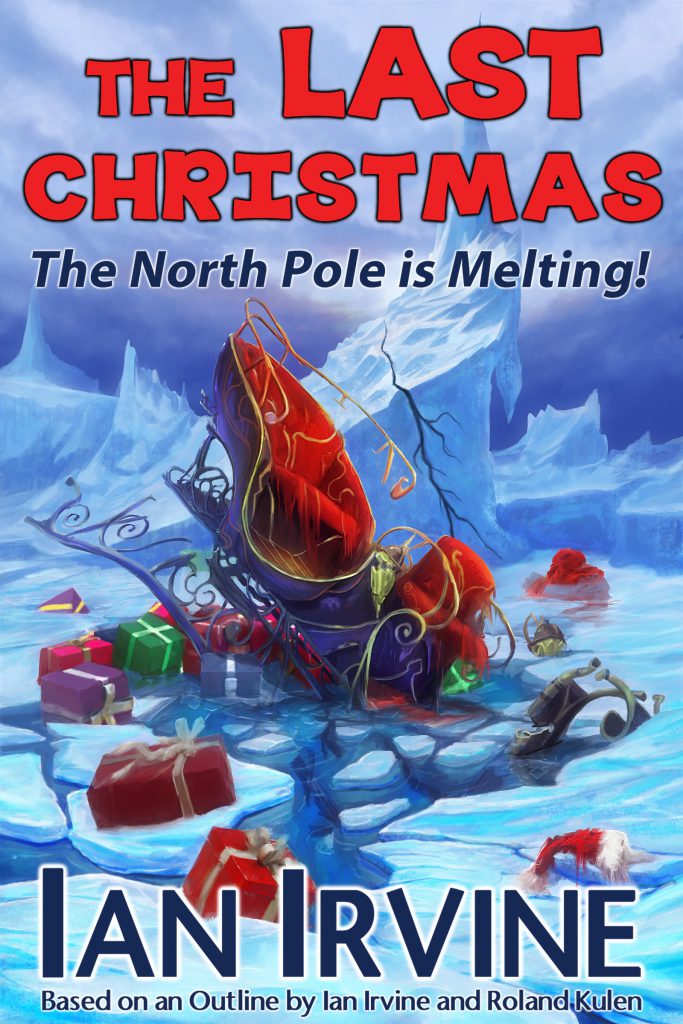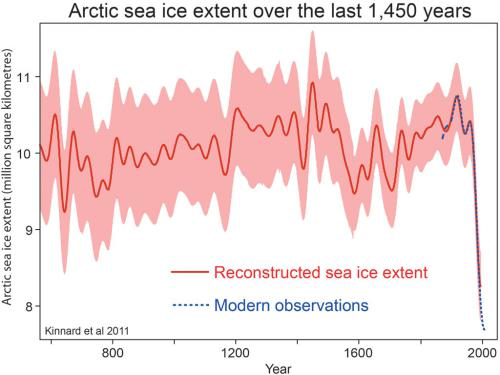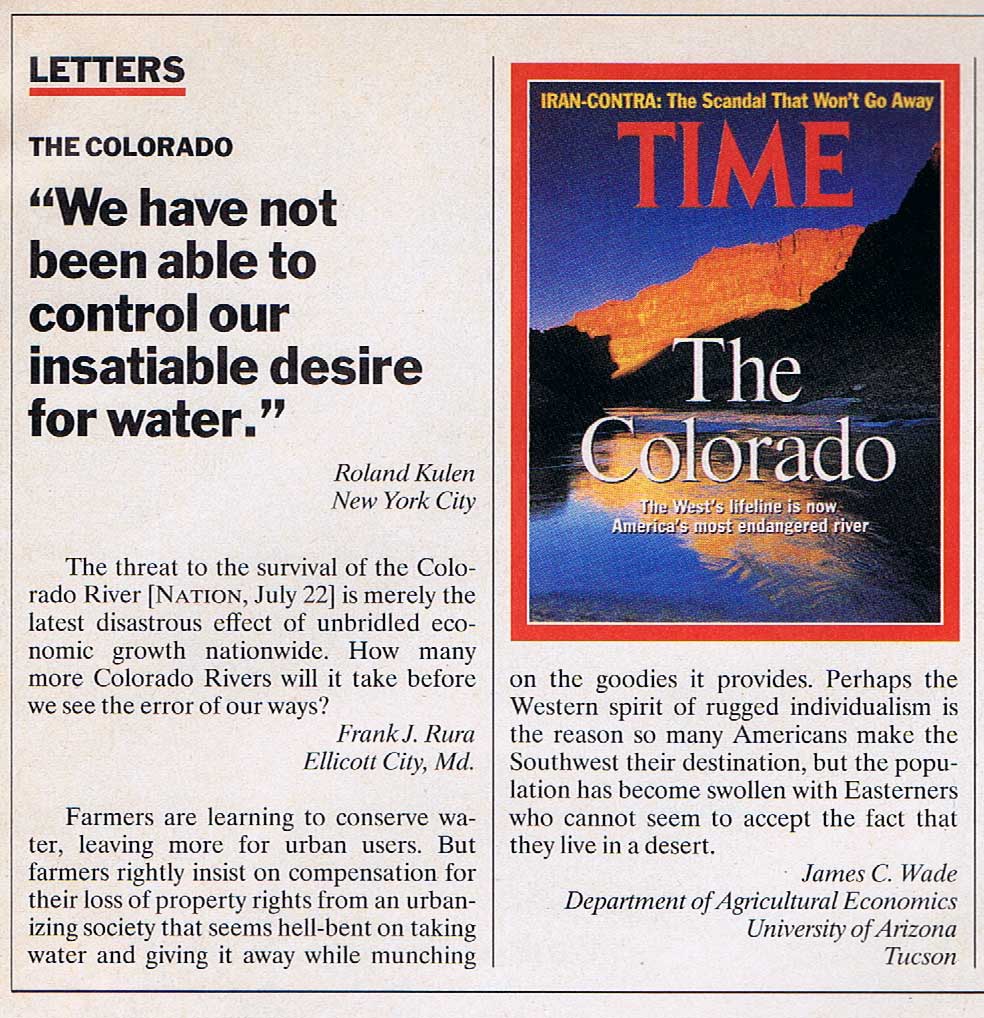The Monumental Global Challenge
Sadly, global warming is not going away – it’s getting worst.
The earth’s population was 3.03 billion in 1960; today it’s 7.72 billion. The human race is ravaging our environment at an alarming rate.
The power of story can help instigate change:
- How can parents easily talk to their young children about global warming?
- How can young children better understand global warming?
- The Last Christmas – The North Pole is Melting is a story that turns a traditional Christmas story on its head in a powerful way. A story with familiar characters in familiar worlds that children can easily understand, identify and have fun with.

The Task
Marine scientist and children’s author, Dr Ian Irvine, and Roland Kulen wrote 17 drafts of the outline before Ian started writing. Roland Kulen went onto become the principal editor.
- Revisions to the book are now complete.
- The structure of the story presents opportunities to create short-form content for the Sing Kinderlieder app and Simly Technologies (new content delivery platform).
The Last Christmas – The North Pole is Melting makes global warming real to kids because in the story it’s changing the lives of real people and real animals, right now. And, if they don’t do anything about it there won’t be another Christmas. The book guarantees to engage and empower children and parents:
- What will happen when the ice melts?
- Will this be the last Christmas?

The Story
The ice at the North Pole is melting and Vixen, the smallest reindeer, is afraid. Santa’s toy workshop will soon fall into the sea, he has nowhere to go, and the elves who make the Christmas toys for him are threatening to leave. They’re terrified of an old enemy, but won’t say who it is, only that the dark is rising again.
- What can we ALL do to stop the ice from melting?
- Time is running out!
An evil toymaker, Kroolio Snear, attacks the village. He’s trying to steal Christmas and Santa can’t stop him because something is robbing him of his magic. Soon Snear captures Rafe, the leader of the reindeer, then Dasher, Vixen’s best friend. Suddenly it’s all up to her.
But even if the smallest reindeer can convince everyone to follow her leadership, how can she hope to beat Snear and his army of vicious robot toys?
How can she find a new home, where the ice is not melting, for Santa’s workshop? A place where the elves will feel safe from their ancient enemy.
HINT: THE SOUTH POLE
How can Vixen possibly do all this in time to save Christmas?
And, finally, children can see that the characters, and particularly Vixen, don’t give up, or give in to apathy:
- They are determined to solve the problem of the melting ice, not just for themselves, but because Christmas matters to ALL the children in the world. This sends an inspirational message to children – that they too can make a difference.
Professor Steven Sherwood – Director, Climate Change Research Centre, UNSW
- What’s happening with the Arctic Sea ice?
As you may know, the North Pole is in the Arctic Ocean. You can stand there, but only because you’re standing on thick, floating ice, called ‘sea ice’. The ice slowly drifts around due to winds and ocean currents — if you built a house there, it wouldn’t stay exactly at the North Pole for too long.
But, for thousands of years, at least there has always been plenty of Arctic ice and it has always covered the North Pole, thick enough to support a house or even a – toy factory. Bits of Arctic ice that flow too far south end up breaking free and melting, but then new ice forms farther north to take its place. Far north, it is cold enough to freeze seawater.
About a century ago the amount of ice covering the Arctic ocean began to decrease. This was so slight at first that nobody would have noticed but in recent decades the losses have really picked up steam. Now ice only covers about half as much of the Arctic seas as 100 years ago; and it’s getting thinner.
The amount of ice does vary from year-to-year, and some people will look at the increase in one particular year and say, “the losses have stopped”. But years like that are followed by even bigger losses a year or two later, so people should not be fooled so easily. In some recent years, the summertime ice edge has encroached very close to the North Pole.
- Why did Arctic ice start disappearing over the last century, when this never happened before?

Unfortunately, this is a consequence of filling the atmosphere up with more carbon dioxide and other ‘greenhouse gases’; mainly from burning fossil fuels. Scientists already predicted ages ago (1896!) that this would heat the Earth, because carbon dioxide acts like an insulating blanket — and as the blanket gets thicker, it keeps us warmer.
If these gases keep building up, it is only a matter of time before open water really does appear at the North Pole!
Warming is happening nearly everywhere on Earth, but the Arctic is warming particularly fast, for reasons scientists still don’t completely understand.
Even the caribou (real-life reindeer) living in the Arctic region are having to deal with more mosquitoes, because the winters are getting so mild!
How annoying — but also potentially dangerous for baby caribou, who are born at the start of what is, now, mosquito season.
Antarctica, on the other hand, is barely warming at all (we also don’t know for sure why that is); and is much colder than the Arctic.
- Santa may want to move his operations there one day!

